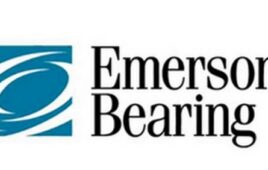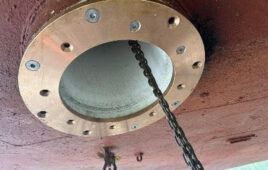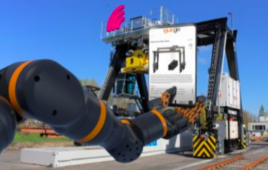By Joyce Laird, Contributing Editor
Ball bearings are available with and without enclosures. Richard Picard, field applications engineer at NMB Technologies Corporation explains that compared to open bearings, shielded and sealed bearings provide better protection from contamination and also add protection against lubrication migration.
“The selection of a shield or seal is dependent on the bearing application and environment,” said Picard. “Shields are metallic and there is no contact between the shield bore and the bearing inner ring. Metallic shields are the most common and affordable type of bearing enclosure.”
Seals are constructed from various elastomeric materials. The type of seal material selected can depend on factors such as application temperature and compatibility with other adjacent substances.
“Seals can be either non-contact or contact by design. With a non-contact seal, similar to a shield, there is no contact to the bearing inner ring. A contact seal is designed to contact the bearing inner ring with the lip of the seal,” he said.
Both non-contact seals and shields allow reduced rotational torque as there is no contact to the inner ring. However, non-contact enclosures generally provide less protection against contamination, as compared to contact seals.
“However, while contact seals provide better protection against contamination there is an increase in rotational torque due to friction between the seal lip and bearing inner ring. Sealing performance is a trade-off between protection and torque,” Picard warns.
The following illustrations show section views for shields, non-contact seals, and contact seals.
Shield
Rubber seal (Non-contact) Rubber Seal (Contact)
The selection of shields is dependent on the application and environment. Depending on the environment, shield/seal designs are offered with varying degrees of contamination resistance and torque (friction) characteristics. The seal lip can be further optimized by selecting either “standard” contact or “light” seal lip design which is dependent on torque and contamination conditions.
Picard concludes that it is critical to consult with a bearing application engineer in selecting the appropriate enclosure for your application to ensure the correct choice.
NMB
www.nmbtc.com
The post What is the difference between bearing Shields and bearing Seals? appeared first on Bearing Tips.
Filed Under: Bearing Tips






